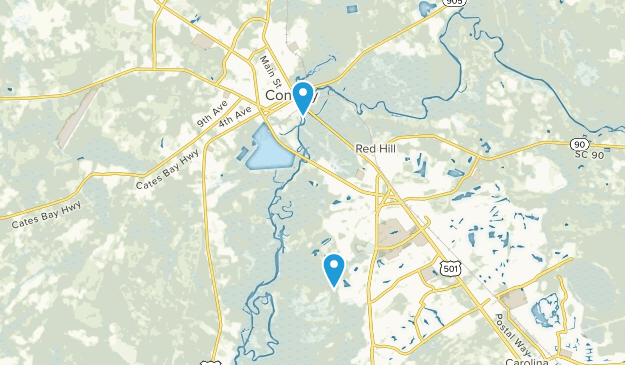

These tribes were village-dwellers, relying on agriculture as their primary food source. Further west were the Cherokee, and along the Catawba River, the Catawba. Along the Savannah River were the Apalachee, Yuchi, and the Yamasee. Up the rivers of the eastern coastal plain lived about a dozen tribes of Siouan background.

At the time Europeans arrived, marking the end of the Pre-Columbian era around 1600, there were many separate Native American tribes, the largest being the Cherokee and the Catawba, with the total population being up to 20,000. There is evidence of human activities in the area dating to about 50,000 years ago. Main article: History of South Carolina Precolonial period Top left, the shores of Florida and the future Carolina explored in 1500 and showed in 1502 on the Cantino planisphere South Carolina's southeastern Lowcountry contains portions of the Sea Islands, a chain of barrier islands along the Atlantic Ocean. Along South Carolina's eastern coastal plain are many salt marshes and estuaries. Areas in the Upstate have a subtropical highland climate. South Carolina has primarily a humid subtropical climate, with hot, humid summers and mild winters. Within South Carolina from east to west are three main geographic regions, the Atlantic coastal plain, the Piedmont, and the Blue Ridge Mountains in the northwestern corner of Upstate South Carolina. In the early 21st century, South Carolina's economy is based on industries such as aerospace, agribusiness, automotive manufacturing, and tourism. Economic diversification in South Carolina continued to pick up speed during and in the ensuing decades after World War II. The civil rights movement of the mid-20th century helped end segregation and legal discrimination policies within the state. After the American Civil War, it was readmitted to the Union on July 9, 1868.ĭuring the early-to-mid 20th century, the state started to see economic progress as many textile mills and factories were built across the state. A slave state, it was the first state to vote in favor of secession from the Union on December 20, 1860. South Carolina became the eighth state to ratify the U.S. During the American Revolutionary War, South Carolina was the site of major activity among the American colonies, with more than 200 battles and skirmishes fought within the state. One of the original Thirteen Colonies, South Carolina became a royal colony in 1719. In 1712 the Province of South Carolina was formed. South Carolina was named in honor of King Charles I of England, who first formed the English colony, with Carolus being Latin for "Charles". The Greenville–Spartanburg-Anderson metropolitan area is the most populous in the state, with a 2020 population estimate of 1,455,892. The capital is Columbia with a population of 137,300 in 2020 while its largest city is Charleston with a 2020 population of 150,277. South Carolina is composed of 46 counties. state with a recorded population of 5,124,712 according to the 2020 census. South Carolina is the 40th most extensive and 23rd most populous U.S. It is bordered to the north by North Carolina, to the southeast by the Atlantic Ocean, and to the southwest by Georgia across the Savannah River. Obviously, the word is already out on this course as I doubt there were more than 30 people on the entire course.we played 18 holes in less than three hours.South Carolina ( / ˌ k ær ə ˈ l aɪ n ə/ ( listen)) is a state in the coastal Southeastern region of the United States.

All in all a disappointing visit.even at reduced fees. Surprisingly, the fairways were beautiful.remains from the courses past beauty. We were concerned driving our cart over several bridges, due to loose and broken boards.there was actually a hole in one bridge that was partially covered with a piece of old plywood. Tees had little grass and were not level. Don't think a putt over four feet was made. Rough is long, which is fine, but it gets old chipping back onto every green from it.and again not being able to stop the ball. They would not hold a shot, no matter if it was a high wedge or run up.everything ran over the greens. Got on the course and found little to no grass and very hard and CRUSTY surfaces. We were told at the club house.after paying our $49 fees, that the greens were in "transition" from winter overseed. What a disappointment, greens were horrible. Hadn't played this course in several years, but returned because of past good memories.


 0 kommentar(er)
0 kommentar(er)
